In June 2016, I was hired as the Transportation Special Initiatives Coordinator in the Pennsylvania State Historic Preservation Office (SHPO). This new position was created through a special funding agreement with the Pennsylvania Department of Transportation (PennDOT) and was developed to assist them in marketing the state’s historic metal truss bridges. My position has evolved over the last 9 months and I see my purpose as helping both PennDOT and the SHPO preserve the remaining population of historic metal truss bridges by either marketing them for an adaptive reuse at a new location or helping to develop and implement a management plan to rehabilitate these bridges as part of the transportation system.
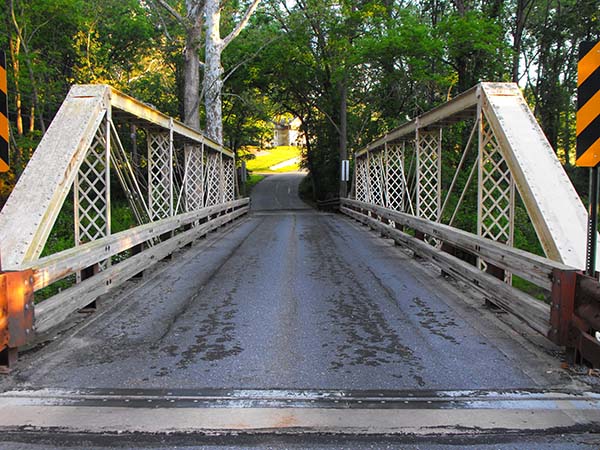
Devereux Road Bridge located in Chester County and is categorized as an exceptional preservation priority under PennDOT’s Historic Metal Truss Bridge Management plan. Courtesy of historicbridges.org. Used by permission of Nathan Holth.
During peak construction of metal truss bridges in the 19th century, Pennsylvania’s vast iron and steel industry attracted bridge manufacturers to locate in the state. These bridges are an important part of Pennsylvania’s engineering and technological history and are a standing legacy to the state’s iron and steel industry. To learn more about the history of trusses in Pennsylvania, read Fall in Love with a Metal Truss Bridge.
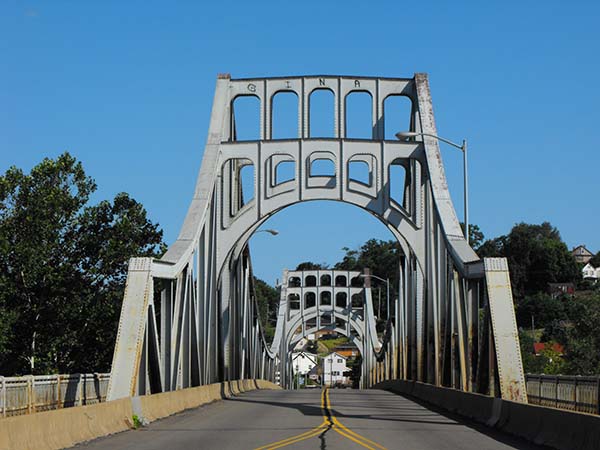
Boston Bridge located in Allegheny County is an example of one Pennsylvania’s unique historic metal truss bridges. Courtesy of historicbridges.org. Used by permission of Nathan Holth.
Modern traffic needs in combination with insufficient maintenance funding, especially for locally owned bridges, has made rehabilitation and ongoing maintenance of these bridges expensive. Pennsylvania’s once diverse population of historic metal truss bridges are being quickly lost. In 2001, a statewide bridge survey identified 847 historic metal truss bridges and determined 321 of these bridges as eligible for listing on the National Register of Historic Places. In the last 15 years, 50% of these bridges have been demolished. As of December 2016, 424 historic metal truss bridges remain and this number decreases monthly. Of the remaining bridges, 183 are eligible for listing on the National Register. This number includes 23 bridges that were added after 2001 as part of the 2008 re-evaluation or through the National Historic Preservation Act (Section 106) environmental review process.
Historic metal truss bridge preservation in Pennsylvania is complex and multifaceted. An estimated 80% of the remaining population is under local ownership, in many cases by municipalities that are unaware of their heritage value. Most local owners don’t have funding to maintain their bridges let alone rehabilitate them and consider these bridges a burden to their transportation network. A fully rehabbed truss bridge is often posted for a capacity of 15 tons. This means the average ambulance may cross the bridge, but not a fully loaded school bus, a fire truck, or a loaded snow plow. While the actual needs of a crossing may not warrant use by vehicles weighing over 15 tons, it can be difficult to convince local owners of this when they have worked for years to get their crossing programmed for state or federal funding and believe they are at the final stages of replacing the bridge and improving their transportation infrastructure. Without education for local owners and a management plan for these bridges, we cannot expect local municipalities to fully appreciate the importance of preserving their bridges and the possible alternatives to demolition.
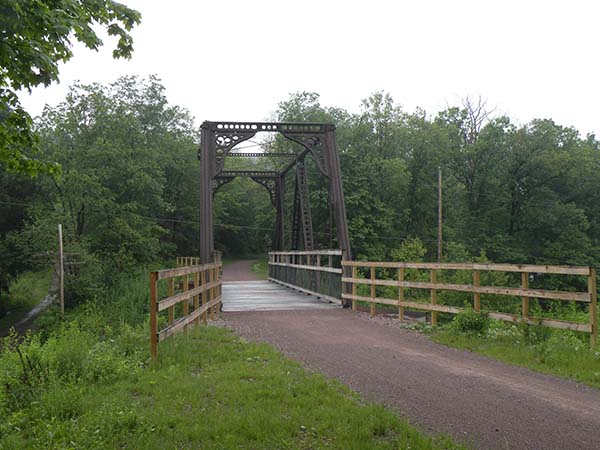
The Bollman Bridge was relocated for adaptive reuse along the Great Allegheny Passage Rail Trail. Photo by Brett Hollern. Courtesy of PennDOT
To address these challenges, PennDOT is developing a historic metal truss bridge management plan. A summary of the plan and its elements can be found on PennDOT’s website, Bridge to the Past: A Management Plan for Pennsylvania’s Historic Metal Truss Bridges. The goal of the plan is to seek to preserve the remaining population of historic metal truss bridges, with an emphasis on those evaluated as having a high or exceptional significance or local support.
One of the most important elements of the plan is a planning study that takes advantage of a new transportation planning approach called PennDOT Connects, a collaborative and coordinated planning effort with stakeholders to initiate early dialogue and partnered decision making about the kinds of transportation projects that will help a community achieve its transportation goals. Through this initiative, PennDOT, in coordination with the SHPO, is meeting with local governments (who are typically the historic metal truss owners) and Metropolitan Planning Organizations(MPOs) and Rural Planning Organizations (RPOs), as well as other invited stakeholders, to discuss the transportation needs of these crossings and provide important information about these bridges. PennDOT has prepared “preservation assessments” for each bridge which provide bridge specific information, including a cost model for rehabilitating the bridge for a benchmark 15-ton capacity, and whether such a rehabilitation could be done without adversely affecting the bridge’s historic characteristics. Adding the preservation assessment information to a defined purpose and need for each crossing is an essential goal of this planning effort. Providing this information can help owners make better informed decisions about their bridge. Not only do these meetings provide information to bridge owners, but they have demonstrated owner concerns, particularly insufficient available funding to address maintenance, rehabilitation, or relocation of historic metal truss bridges.
In addition to focusing on the engineering significance of bridges, the plan acknowledges that the level of public interest in the preservation of a bridge should be considered in the decision-making process. Thus, the collaborative effort also includes outreach to other stakeholders such as historic preservation groups and advocates. The importance of local involvement in bridge preservation was highlighted in a historic metal truss bridge planning meeting with a township that owns an 1888 Pratt pinned thru truss bridge, identified in the plan as a high preservation priority. The township appreciates the historic character the bridge brings to the area and wants to keep it as part of their transportation system. Having a local advocate is crucial in saving a bridge, especially the local elected officials. The group concluded that this bridge is a good candidate for rehabilitation.
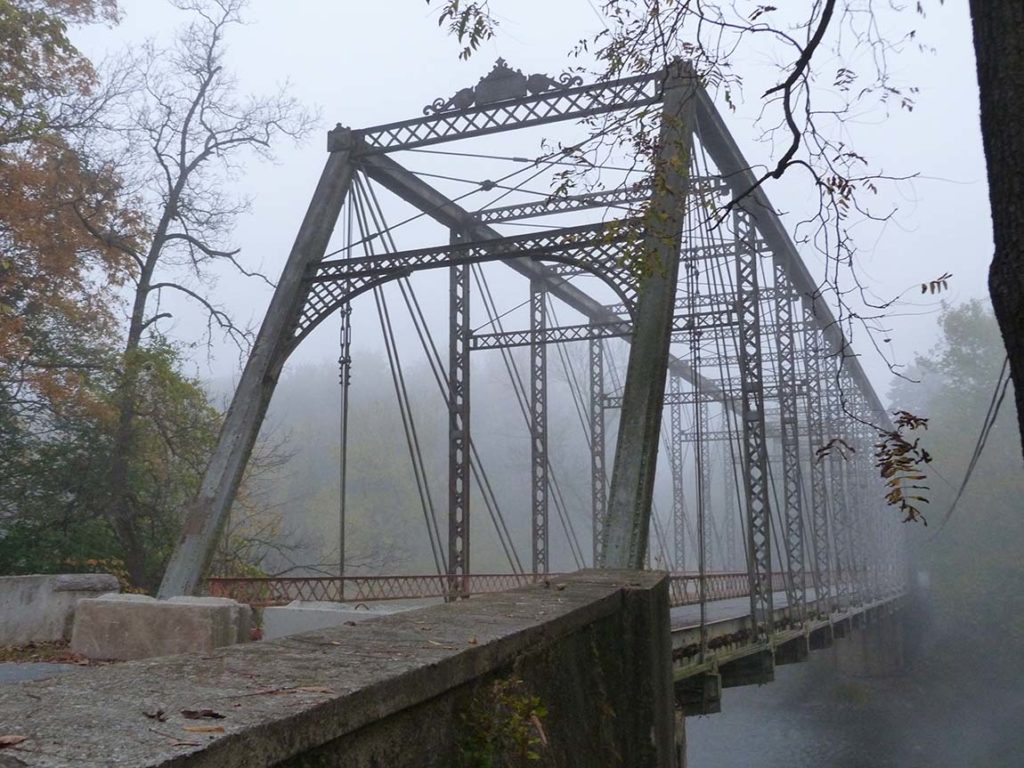
Wiley’s Bridge is located along Bowers Road in Berks County. Public interest has spurred talks of preservation for this rare Whipple Through Truss bridge. Courtesy of historicbridges.org. Used by permission of Nathan Holth.
The time to save Pennsylvania’s historic metal truss bridges is now. At the current rate of demolition, the remaining population of bridges will be lost within the next 15 years. PennDOT’s bridge management plan is a step in the right direction towards saving the most significant bridges. Informing bridge owners of the historic significance of their bridges and gaining local support of bridge owners, MPOs and RPOs for their rehabilitation is a key part of this plan. Early planning, along with a funding strategy that takes into consideration maintenance, rehabilitation, and relocation, is the best chance these bridges have at being preserved into the future.
Comment Policy
PHMC welcomes and encourages topic-related comments on this blog. PHMC reserves the right to remove comments that in PHMC’s discretion do not follow participation guidelines.
Commenters and Comments shall be related to the blog post topic and respectful of others who use this site.
Commenters and Comments shall not: use language that is offensive, inflammatory or provocative (this includes, but is not limited to, using profanity, obscene, or vulgar comments); disparage other commenters or people; condone illegal activity; identify the location of known or suspected archeological sites; post personal information in comments such as addresses, phone numbers, e-mail addresses or other contact details, which may relate to you or other individuals; impersonate or falsely claim to represent a person or an organization; make any commercial endorsement or promotion of any product, service or publication.
If you would like to comment on other topics not related to this blog post but related to PHMC, please fill out the PHMC Contact Us Form.
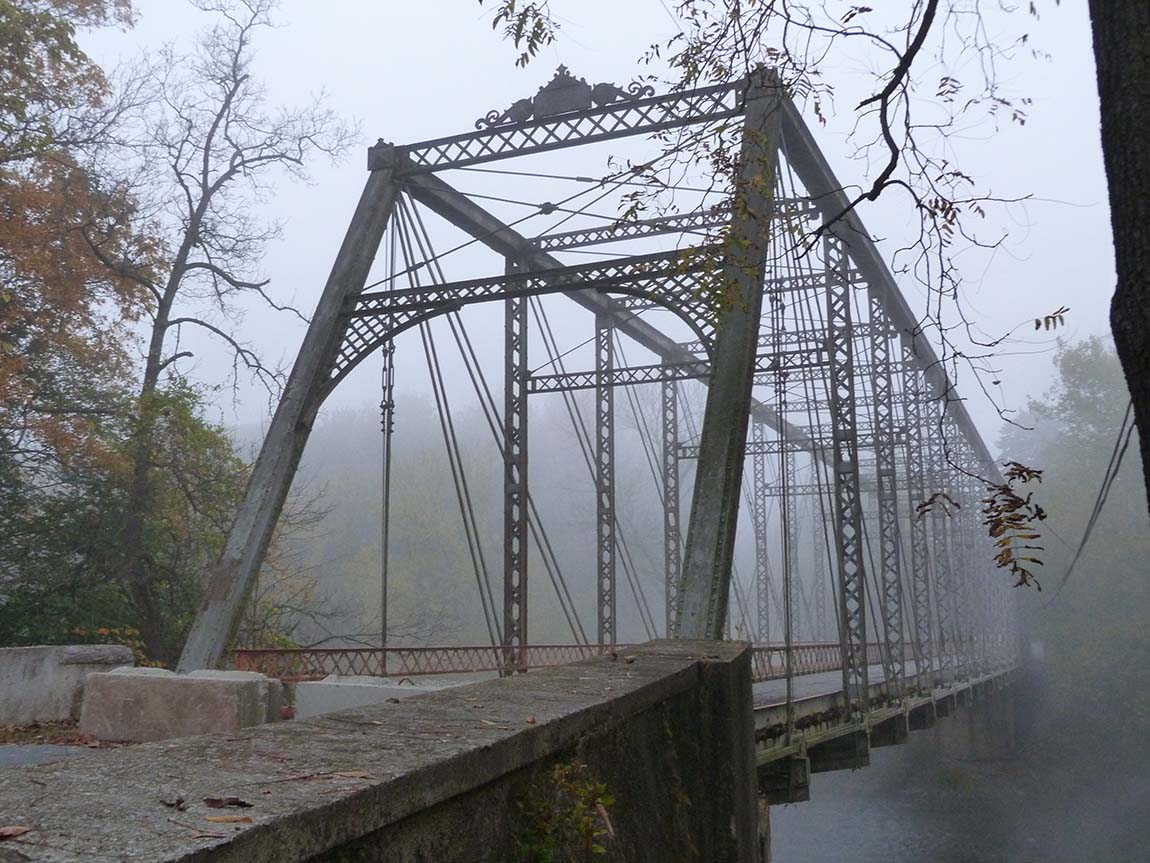
Where we do stand with bridge in Middlesex twnp,Cumberland co on wolfs bridge rd? The amount of traffic that has been detoured daily is proof a bridge needs to be reinstated soon.
Beautiful red steel truss bridge located in Union County, PA. It is located on Penns Creek in Laurelton/Millmont area.
Believe it is scheduled to be demolished in April. We own a cabin by there , would love to see it remain .
I am a bit confused by your article. You make no mention of the Survey of 1982-85 conducted by PennDot of the1,635 bridges owned by the Commonwealth. That survey did not include bridges owned/maintained by local governments. The Commonwealth-owned bridges were all evaluated; those determined significant (National Register criteria) were nominated to & listed in the National Register of Historic Places. And, of course, a book was produced that highlighted bridges identified in that project. It would be interesting to know how many of those NR-listed bridges remain. Did NR designation make a difference?
I assume the 2001 survey you reference was of the bridges owned/maintained by local governments since these had not been included in the earlier survey project?
Thank you for your inquiry and interest in the Commonwealth’s historic bridges. The 2001 survey referenced is the finalized statewide bridge survey that began in 1996. This survey built on information that was obtained in the 1982-85 survey. The inventory that was finalized in 2001 includes a re-evaluation of state owned bridges that were not eligible in the 1982-85 inventory and all locally owned bridges greater than 20 feet in length identified as part of PennDOT’s Bridge Management System. Statistics on the number of eligible bridges from the 1982-85 survey that remain have not been calculated and therefore it is unknown if National Register status made a difference. Under Section 106, resources requiring consideration as historic properties include those listed in or eligible for listing in the National Register. The purpose of Section 106 is to accommodate historic preservation concerns alongside project purpose and need. Ultimately if a bridge cannot meet the transportation needs of the crossing and there are no alternatives to replacement, National Register status makes little difference in the onsite preservation of a bridge. However, if the bridge can be relocated and retain its engineering significance, there may be a viable preservation outcome.
Every effort possible should be made to preserve these beautiful structures and PENNDOT needs to re-think the absurd policy that every historic bridge that is replaced must be demolished. There is no reason these bypassed bridges cannot be kept in place and converted to snowmobile or walking use. Know this- once these amazing structures from 100 plus years ago are gone nobody will ever be able to appreciate them again!
Please preserve the Petroleum Center and Miller Farm bridges!